AYODHYA: The Sordid Timeline to the Consecration of Ram Temple (Part 1)
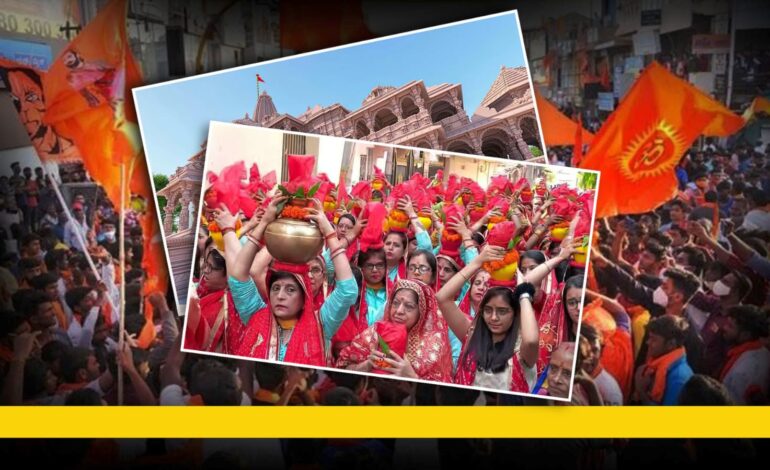
On January 17, 2024, around 500 women took out a ritualistic procession termed ‘Jal Kalash Yatra’ from the banks of the Sarayu river in Ayodhya to the outer premises of the new Ram Mandir that is to be consecrated under the auspices of Prime Minister Narendra Modi on January 22. It was a spectacular affair with women in colourful dresses dancing through the streets of Ayodhya to Ram Bhajans and Keerthans being played out through loudspeaker mounted vehicles. A large number of women in the procession were carrying urns filled with water from the Sarayu, which was to be used for “ritualistic cleaning” of the premises of the new Ram Mandir. The yatra was led by Ramalakshmi Tripathi, wife of the Mayor of the Ayodhya Municipality, Girish Pati Tripathi. Namrata Pathak, wife of Uttar Pradesh Deputy Chief Minister Brajesh Pathak also participated in the yatra.

As the procession proceeded through the streets of Ayodhya, many old timers of the temple town, including those associated with ‘Jan Morcha’, the legendary people oriented newspaper published since 1958 from Faizabad, Ayodhya’s twin town located nearly 8 kilometres away, remembered yet another yatra carried out by the Viswa Hindu Parishad (VHP) nearly four decades ago. That was the Ram-Janaki rath yatra, the Rashtriya Swayamsevak Sangh (RSS) led Sangh Parivar’s first Ram Mandir based manoeuver in the 1980s. The Ram-Janaki rath yatra had originally begun in October 1984, but was called off following the assassination of then Prime Minister Indira Gandhi on October 31, 1984. In the general elections that followed, the Bharatiya Janata Party (BJP), the Sangh Parivar’s political arm, was routed and ended up with just two seats out of a total of 543 in the Lok Sabha.
It was in this context, in 1985, that the Sangh Parivar decided to revive the Ram-Janaki rath yatra. The yatra was led by VHP leader Ashok Singhal and it had started from Sitamarhi in Bihar, supposedly the birth place of Sita, with the proclamation that the yatra would set off a series of agitations to “liberate” the Ayodhya Ram Janmabhoomi. The main function related to the yatra in Ayodhya itself was to assemble before the Babri Masjid and take a pledge to “liberate the structure from the clutches of the invaders“. However, this much touted plan did not take off. Singhal and company were forced to beat a hasty retreat as a large number of Ayodhya residents, hailing from all communities – Hindu, Muslim, Sikh and Jain – got ready to physically prevent the yatra in the approach road to the Babri Masjid. Finally, the VHP team were forced to move to the banks of the Sarayu, close to a kilometre and a half from where the Babri Masjid stood and utter their pledges.
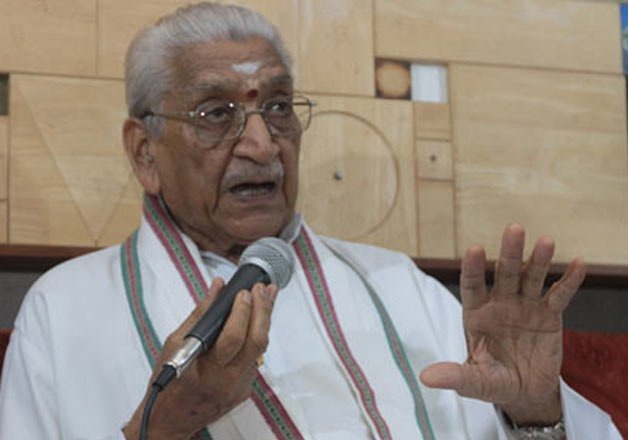
A septuagenarian Kabir-panthi follower based in Ayodhya,who wishes to call himself as Udhaar Das (not his real name) had witnessed both the Ram-Janaki rath yatra of 1985 and the ‘Jal Kalash Yatra’ of 2024. In his view,the two yatras, separated by 40 long years and hundreds of happenings,including extremely tumultuous ones,can only be seen as contrasting metaphors signifying two starkly different characteristics of the temple town and its adjacent regions. “ The first incident represented a spirited secular resistance by people from all walks of life against a sectarian communal movement. The second and recent event marks the surrender of this resistance and the celebration of a sectarian victory. “ Udhaar Das has been an on and off resident of Ayodhya over the past fifty years and he describes the change in the social, political and cultural facets of the temple town in these five decades as nothing short of world turning topsy-turvy. “But this world got overturned essentially on account of relentless attacks engineered by the Sangh Parivar on this town and its culture. Those were relentless waves of attacks, which seem to have resulted in a strong hegemony.”
Indeed, Udhaar Das was speaking with Kabir-panthi, Sufi like insight. But many years ago, 31 years ago to be exact, another self-professed spiritual practitioner had also spoken to me in a similar vein, albeit from a different perspective. That perspective was of the Hindutva warrior sanyasi, and the man who waxed eloquent on this was Mahant Ramachandra Paramahans, the then President of the Sri Ramajanmabhumi Nyas – a Trust set up by the Viswa Hindu Parishad (VHP) in the early 1990s to take the work of the Ram Mandir forward. His reference to waves of action (not attacks or assault as classified by Udhaar Das) was qualitatively different from the manner in which the Kabir-panthi Sufi practitioner had perceived the Ayodhya project of the Sangh Parivar. Paramahans had spoken on the Hindutva project to me on December 6,1993, exactly one year after the demolition of the Babri Masjid and his treatise on the “Hindutva action waves” went as follows. “Our Hindu Rashtra mission in Ayodhya and in Bharath as a whole is very similar to the waves in the sea. The size, the force and the intensity of the sea waves vary from time to time, but they never stop. It may look static, at times for the casual viewer, but the waves are moving and building up underneath, ready to strike big at the next opportune moment. In other words, our mission and the work related to it never stop. Kaam Jaari Hain (Work is on).”
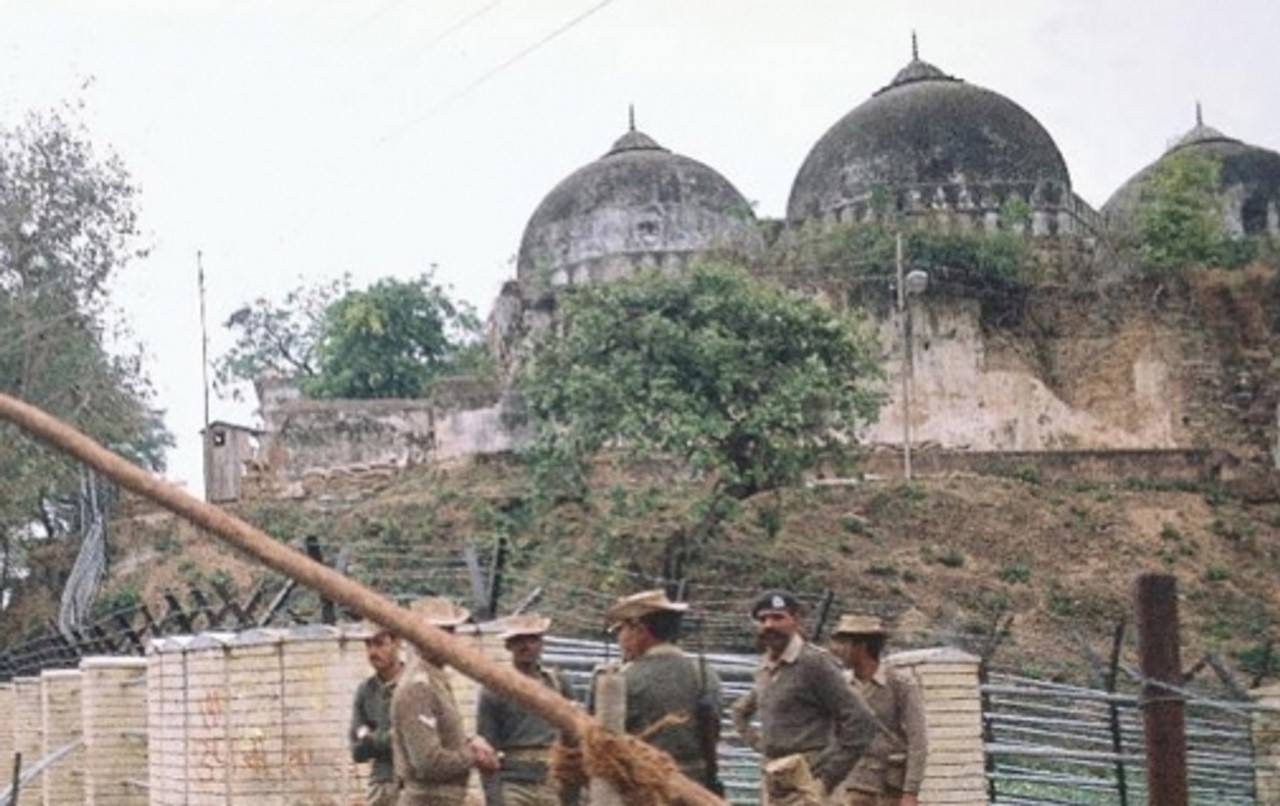
Paramahans was practically the face of the Sangh Parivar’s Ayodhya agitation in the name of the Ram Mandir in the 1990s,along with other Hindutva hard-liner leaders like Ashok Singhal of the VHP and Vinay Katiyar of the Bajrang Dal. Paramahans was also known for resorting to rhetorical speeches and figurative expressions every now and then, but the exposition in December 1993 on the sustained and relentless nature of the Hindutva campaign was made in a special and specific context. Barely two days before I met Paramahans, on December 4, 1993, a coalition of the Mulayam Singh Yadav led Samajwadi Party (SP) and Kanshi Ram led Bahujan Samaj Party (BSP) had formed the ministry in Uttar Pradesh with the support of the Congress.

The ascent of this new government was preceded by the unexpected defeat of the BJP in the assembly elections to the State. This was indeed a shock defeat because the expectations within the Sangh Parivar after the violent demolition of the Babri Masjid on December 6, 1992 was that Hindutva communal polarisation has reached a new high, especially in North India, and it would consequently lead the BJP to easy and massive electoral wins in the region.
In other words, the belief within the Sangh Parivar was that the creation of the Pan-Hindu social and political identity for which it had worked for decades has become a reality,at least in large parts of North India. But the social combination of Dalits, Other Backward Castes (OBC) and Muslim minorities forged by the BSP-SP alliance upset these hopes about the creation of the Pan-Hindu identity. It was in the context of this stunning electoral reverse that Paramahans spoke about the “Kaam Jaari Hain” concept to underscore that despite this setback the Sangh Parivar’s project would continue.
A couple of days later, Acharya Giriraja Kishore, yet another senior leader of the VHP, joined with Paramahans and addressed a group of reporters including self to elaborate what they meant by the “Kaam Jaari Hain” idea. According to the two senior leaders, despite the electoral reverse in the 1993 Uttar Pradesh assembly elections, the Hindutva combine had a dominant operational control over the town of Ayodhya and adjoining villages. They argued that the very act of removing the Babri Masjid, termed by both of them as “ a 450- year-old blot on the face of India “,signified this control.
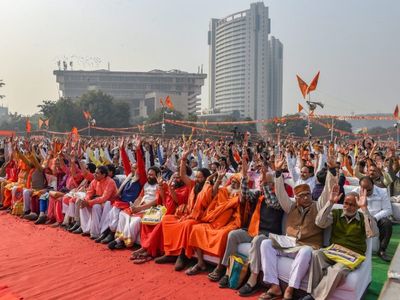
Paramahans and Gitiraja Kishore went on to add that the Sangh Parivar was able to achieve this dominance not through an overnight manoeuver but as a result of sustained national and international operations lasting several decades. “In that process, there were periods that marked big and small successes as well as massive and limited setbacks. The appearance of the idol of Ram Lalla inside the Babri Masjid in 1949 was a major success. The manner in which the people of Ayodhya resisted and rejected the ‘Ram-Janaki yatra’, one of the first major exercises to propagate the liberation of Ramajanmabhumi, in 1985 was a major setback. The 1986 opening of the locks of the Babri Masjid by the then Rajiv Gandhi led Congress government at the centre was a minor success that paved the way for future operations including karsevas. But, the firing on the first karseva in Ayodhya on November 1990 by the then Mulayam Singh Yadav led government was a minor setback, which highlighted the Ramajanmabhumi issue globally, though it was thwarted locally. Similarly, the forced postponement of the July 1992 karseva was also a minor reversal while the ultimate demolition of the Babri masjid in December 1992 was massive success.” – Giriraja Kishore explained that day.
Paramahans added that day as follows: “When the VHP first started focussing on Ayodhya as an important organisational destination, Ayodhya was projected as a twin town of Faizabad and its hallmark was so-called secularism. But we have changed that in a matter of two decades. Sometimes through the method of step-by-step functioning and sometimes employing a flurry of fast-forward movements. These included enhancing our geographical space in the town by bringing more and more religious institutions under our banner, either by buying their property or by persuading them to ally with us. There were also mobilisations, campaigns, kar sevas, and finally the demolition. But this is work in progress. The identity and supremacy have to be strengthened further and we are working on that. In fact, before reaching this point of success, too, we have gone through several operational levels characterised by success, partial successes, partial failures and major reverses. But the net result is that the project has moved on.”
After this interaction, CK Mishra and KP Singhdeo, two senior journalists based for long in Faizabad, recounted to me the happenings that took place in Ayodhya between 1984 and 1992, and how these developments had resulted in the control and dominance that Paramahans and Giriraja Kishore were talking about. After the failure of the Ram-Janki yatra, the Sangh Parivar deputed the VHP to work in Ayodhya in a concentrated manner. Through many operations that involved the “Chanakya Neethi of Sama-Dhana-Bhed-Dand“ -, a combination of sedate entreaties, distribution of largesse,blatantly deceitful manoeuvers and physical attacks on people and institutions not just in the temple town, but in many other parts of the country- the Sangh Parivar was able to take control of large physical tracts of Ayodhya. These included big properties and institutions owned by individuals and groups as well as the smaller temples of Ayodhya running into hundreds. Those who accepted entreaties or accepted the largesse offered by the Sangh Parivar became part of the “peaceful transition“ group. Those who had to be threatened or had to be physically dealt with formed the part of the “forceful takeover” group. Along with all these, manifold political manoeuvers, marked by systematic spreading of misinformation and virulent campaigns with the objective of aggravating communal polarisation, came up as part of this operation.
Read more on these manifold political and organisational Sangh Parivar manoeuvers in Part Two of the Series – “Epics of Deceit and Disinformation”. Stay Tuned!
To receive updates on detailed analysis and in-depth interviews from The AIDEM, join our WhatsApp group. Click Here. To subscribe to us on YouTube, Click Here.


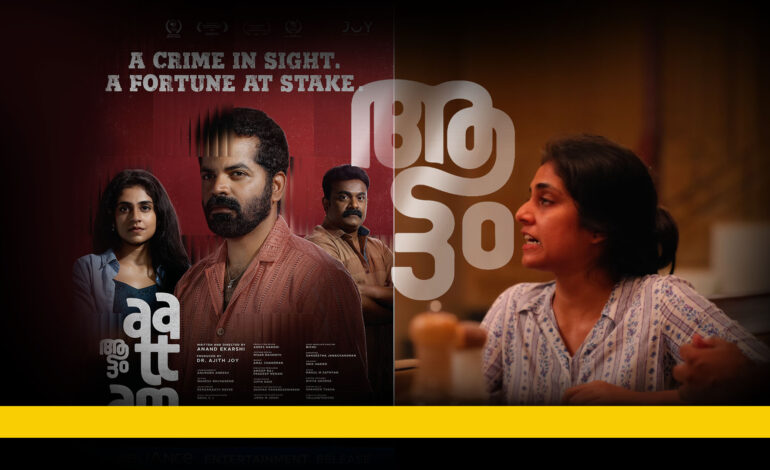
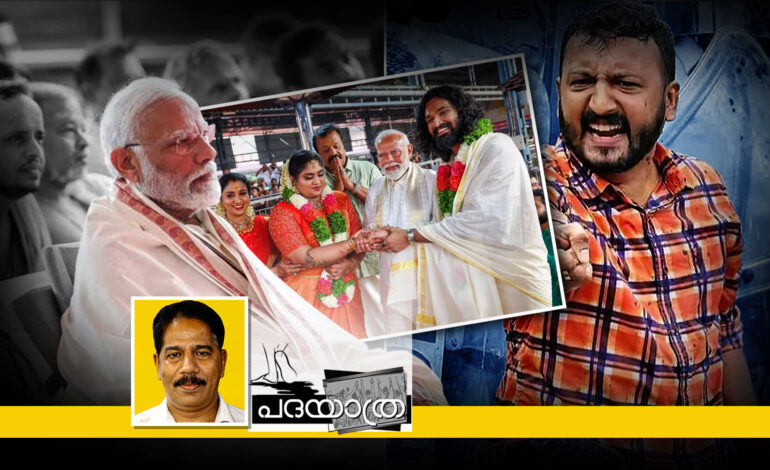

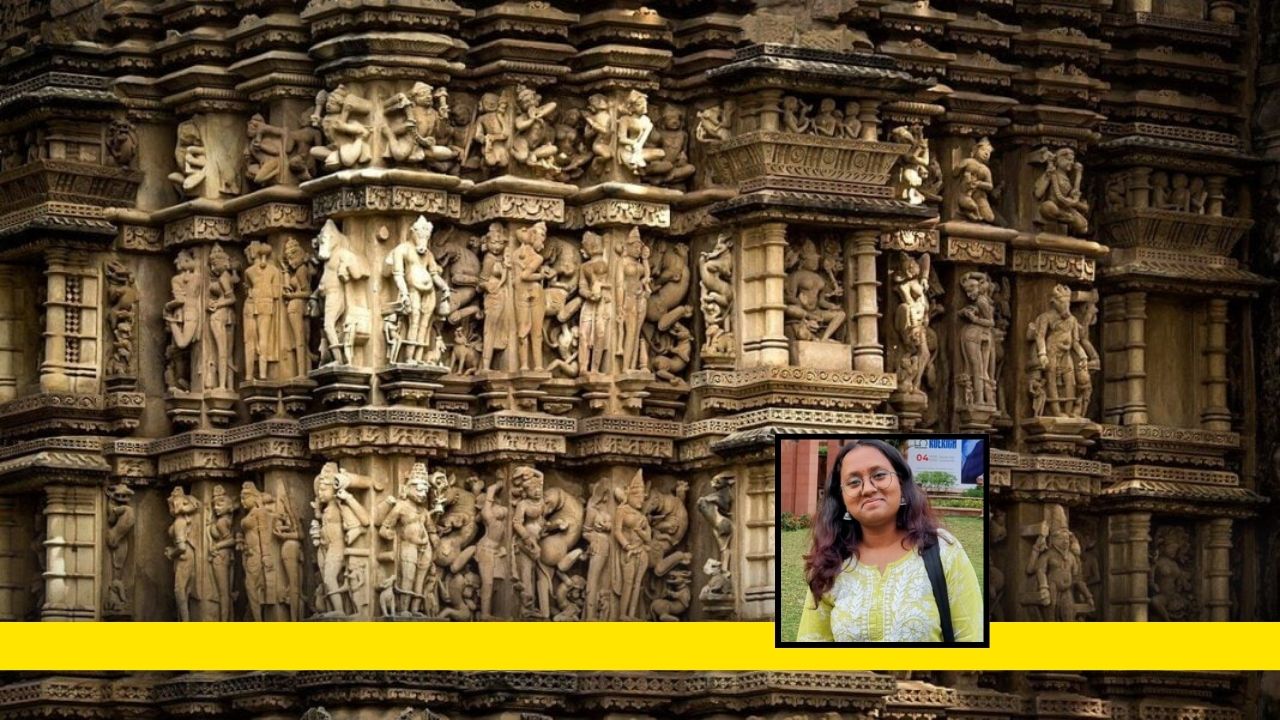
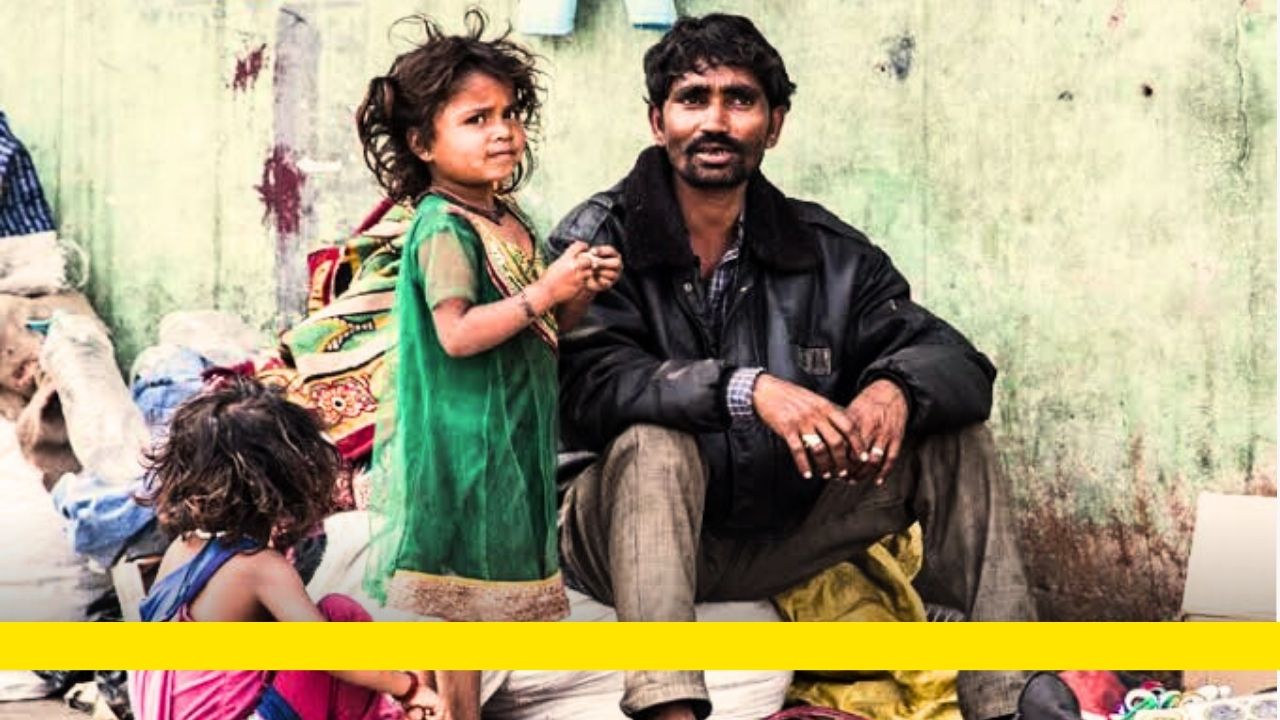
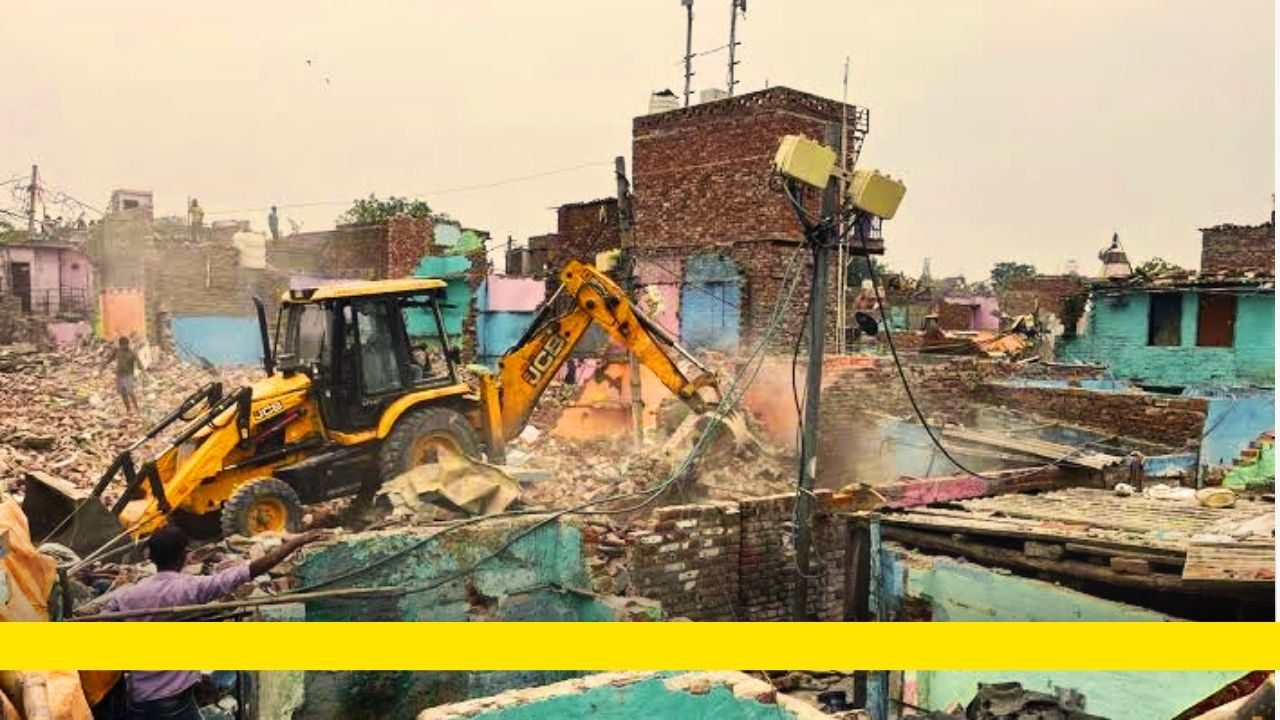
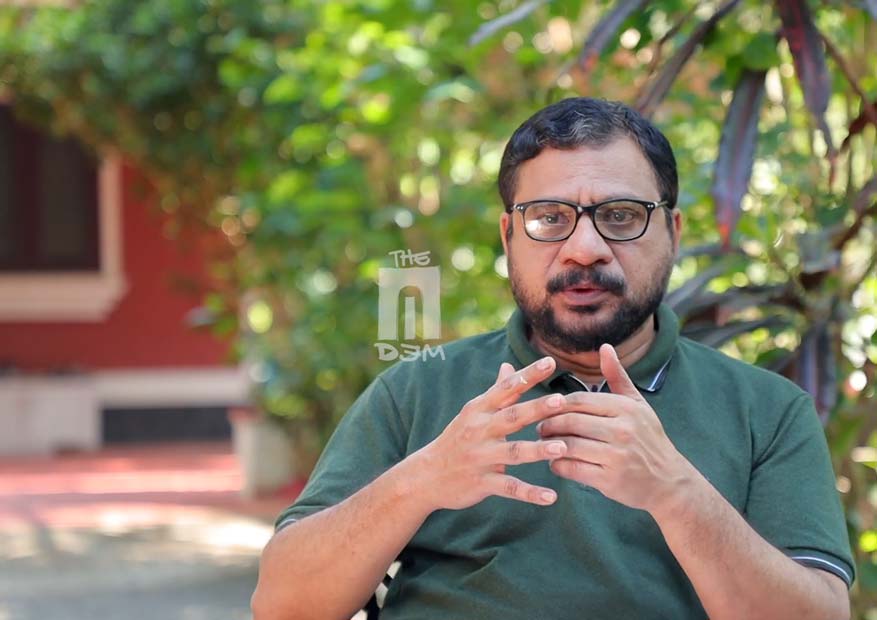
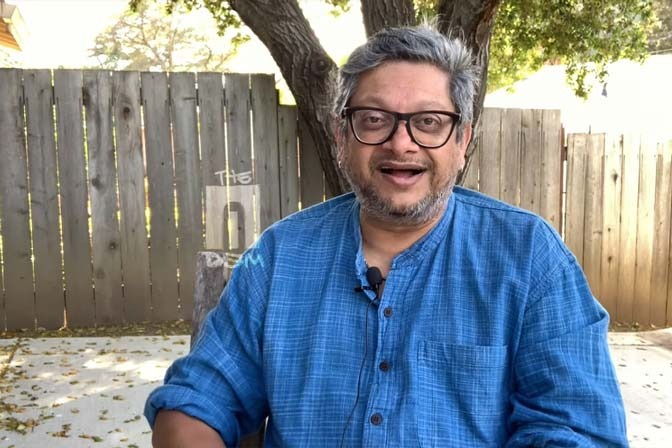
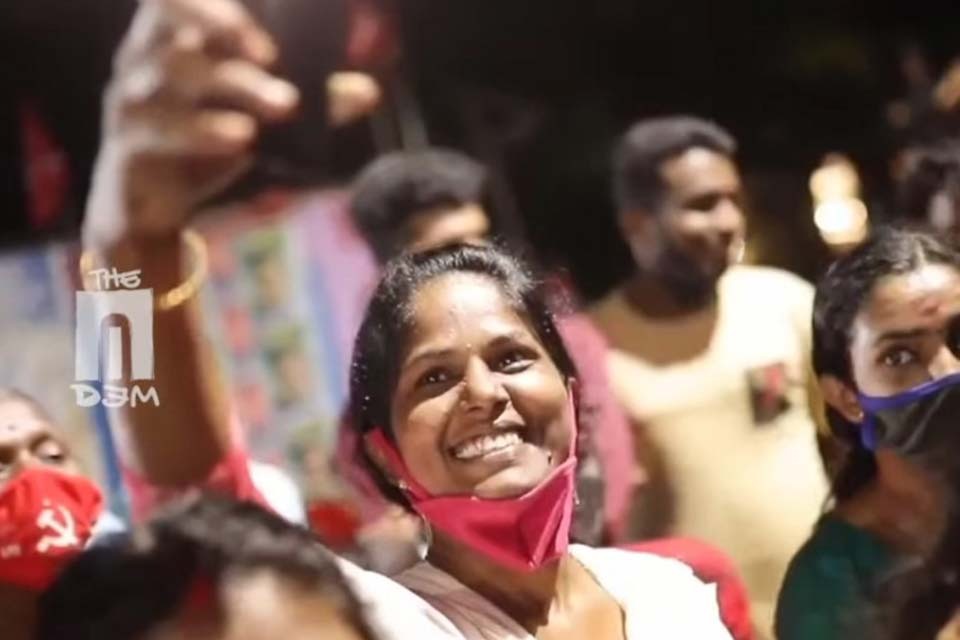

Report of part-1 itself exhibits writer of this- Mr.Venkitesh Ramakrishnan has got a solid knowledge of the issue in full. Sure, the remaining parts throw more light. Keep it up
Devoted writing. Well observed too.